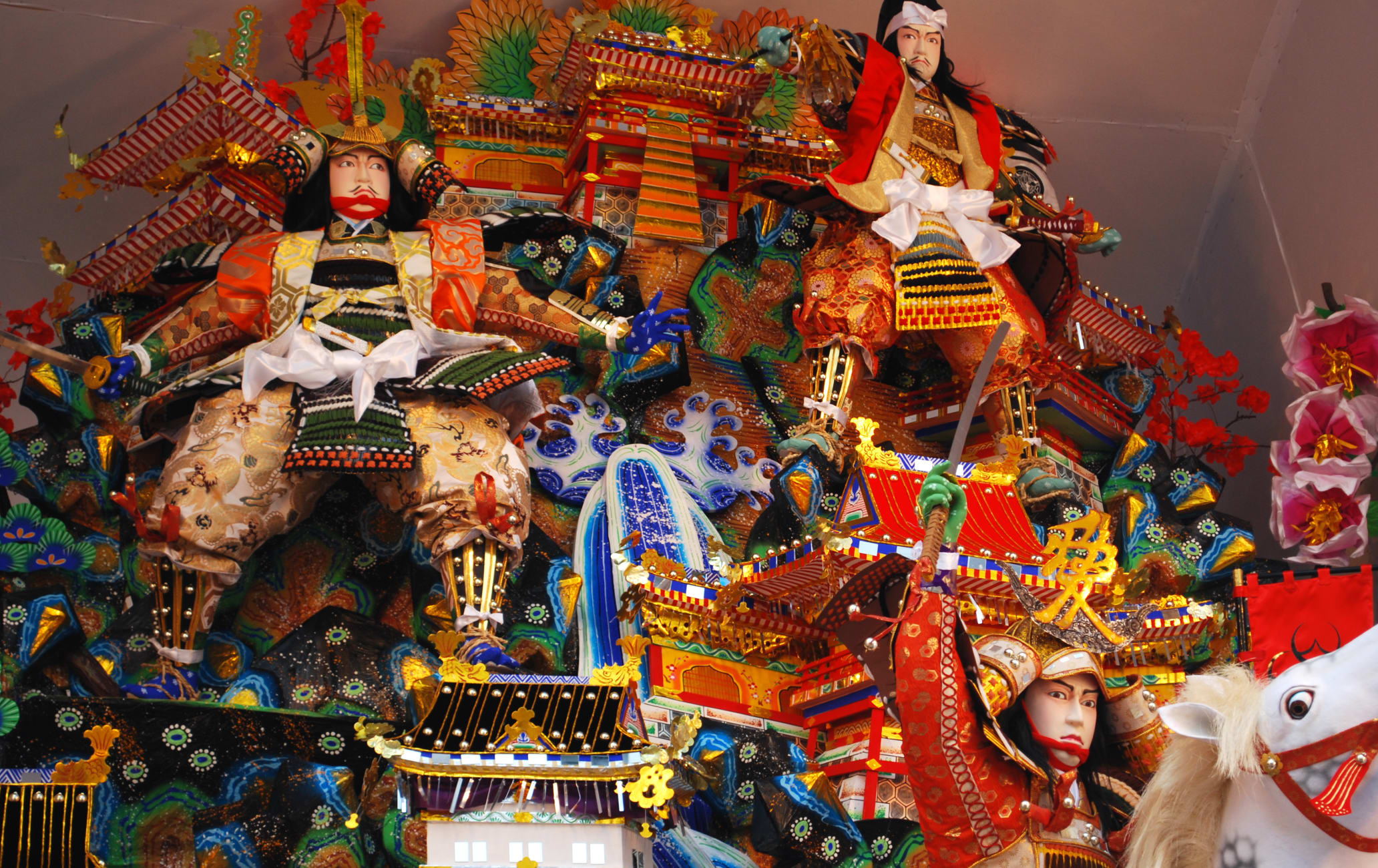A port town boasting Japan's oldest Zen temple, biggest festival, and famous ramen
Once a prominent merchant town, Hakata is known today as Fukuoka's business hub, but it also offers a wealth of culture and several major festivals, including the Yamakasa and Hakata Dontaku . The latter draws millions of spectators. Hakata's signature ramen brings many fans to the city, too.
Hakata Station is one of Fukuoka's main transport hubs, playing an important role in connecting to greater Kyushu and the rest of Japan.
Don't Miss
- The Hakata area's two major festivals—the Hakata Dontaku and the Hakata Gion Yamakasa
- The port with ferry connections to various exotic Kyushu islands and South Korea
- A trip to Shofukuji, Japan's oldest Zen temple
How To Get There
The Hakata area is in front of Hakata Station, a major bullet train station and transport hub.
Hakata Station is the city's main station and connects Fukuoka to the rest of Kyushu and Japan via bullet train, local trains, and buses. You can reach the station by bullet train in as little as five hours from Tokyo or two and a half hours from Osaka. The station has a large bus terminal with buses to a number of cities across Kyushu .
The Hakata area used to be a merchant town before it merged with the castle town of Fukuoka to become the modern-day city of Fukuoka . Hakata's distinct personality still remains though, and the area has its own distinct traditions and attractions.
Go straight to the roof of Hakata Station
The uppper levels of the station are also worth a stroll, with several stores on the ground floor, including a delicious bakery that sells mini croissants. The middle floor of the building is a shopping area. The outdoor garden on the foor of the building is the best place in Fukuoka to get your first view of the city from above.
A city with big-scale events
The Hakata area hosts two major festivals each year, the Hakata Dontaku and Hakata Gion Yamakasa . The Hakata Dontaku , a parade extravaganza, takes place during Golden Week in May. It is the most attended festival in Japan, with more than two million people attending annually and over 30,000 participants.


The Hakata Gion Yamakasa , is held from July 1 - July 15, with the climax beginning at 4:59 a.m. on the 15th. The festival features floats weighing approximately one ton, which leave Kushida Shrine and race through the streets of Hakata while being splashed by cheering onlookers.

Reisen Park, towards Nakasu , is the launchpad for several of the city's lesser-known events, including the now-annual Oktoberfest and the Pride Parade.
Temples and shrines
Hakata has a number of venerable temples and shrines. Shofukuji Temple was the first Zen temple ever to be built in Japan. It was founded in 1195 by the priest Eisai, who introduced Japan to the Rinzai sect of Zen Buddhism from China. Tochoji Temple houses a 10.8-meter wooden statue of Buddha, one of the largest of its kind in Japan.
Sumiyoshi Jinja is a shrine with close ties to sumo, and a ceremony attended by top-tier sumo wrestlers is held every year before the start of the November Grand Sumo Competition . Each November, many shrines in the area participate in the Hakata Light-up Walk. From dusk until late evening, the shrines are gloriously illuminated.
Trains, buses, and boats
The Hakata area is part of the 100 yen bus loop, and two subway lines converge beneath the station. The Hakata Port area connects Fukuoka to several islands within Japan and to Busan in South Korea. The Hakata Port Tower is free and offers views across the eastern part of the city.
A local culinary treat the world loves
Hakata is famous for Hakata tonkotsu ramen, one of the world's most consumed types of ramen. It is characterized by its unique taste and aroma, and can be found in numerous restaurants throughout Fukuoka City . Perhaps the real treat in Fukuoka is trying ramen at one of the city's yatai food stalls.



























































